
The New York Times launches a new college rankings tool
A new survey by NYT and Morning Consult reveals college affordability and earning potential as the most important factors in the college experience
The New York Times has created a new tool to help students find the best American colleges driven by diversity, cost of college, home proximity, and other preferences at the student’s discretion. After answering some questions, students will find a list of universities and colleges that meet their needs. Also, it addresses whether or not the “right” college does exist. However, considering their criteria, the “right” college may look entirely different from other renowned college ranking systems.
The survey
The Times and Morning Consult surveyed individuals between the ages of 16 and 19 and an additional 2,000 individuals between the ages of 22 and 30 to determine what matters when choosing a college and earning potential after college.
According to the opinion article published by Frank Bruni,“those respondents rated the affordability of tuition and their likely earnings after graduation as the most important factors in the college experience—many times more important than, say, whether varsity sports are a major part of campus life or how small the size of a typical class is.”
Individuals between the ages of 16 and 19 were more inclined to be close to home and focus on affordable tuition and campus safety.
The Times provided a list of ten high-earning institutions: California Institute of Technology, Massachusetts Institute of Technology, Harvey Mudd College, Bentley University, University of Pennsylvania, Carnegie Mellon University, Stevens Institute of Technology, Stanford University, Georgetown University, and Princeton University; noting that Stevens Institute of Technology and Bentley university are lesser known higher education institutions.
RELATED CONTENT
When considering high earnings potential and schools with low cost of attendance after financial aid, The New York Times includes research universities like Missouri University of Science and Technology, adding that “the average in-state student pays less than $15,000 a year.”
However, when considering high earnings, low price, and less selective institutions—students who don’t meet the GPA criteria for Ivy League institutions can still be admitted to colleges that accept at least 25% of applicants, like the University of Florida and University of California, Irvine, choices that student often overlook or don’t consider.
The New York Times reported that “a student body’s racial diversity, its economic diversity, its overall size and whether a school is in an urban, suburban or rural location: These attributes and more can be added to a search and weighted, to produce a menu of options that align with students’ specific preference and, more to the point, their most closely held values.”
However, since the U.S. News college ranking has been under scrutiny, many Ivy League institutions and other higher education institutions announced they would no longer submit data for the classification. Therefore, students should rely on what matters to them during the selection process.





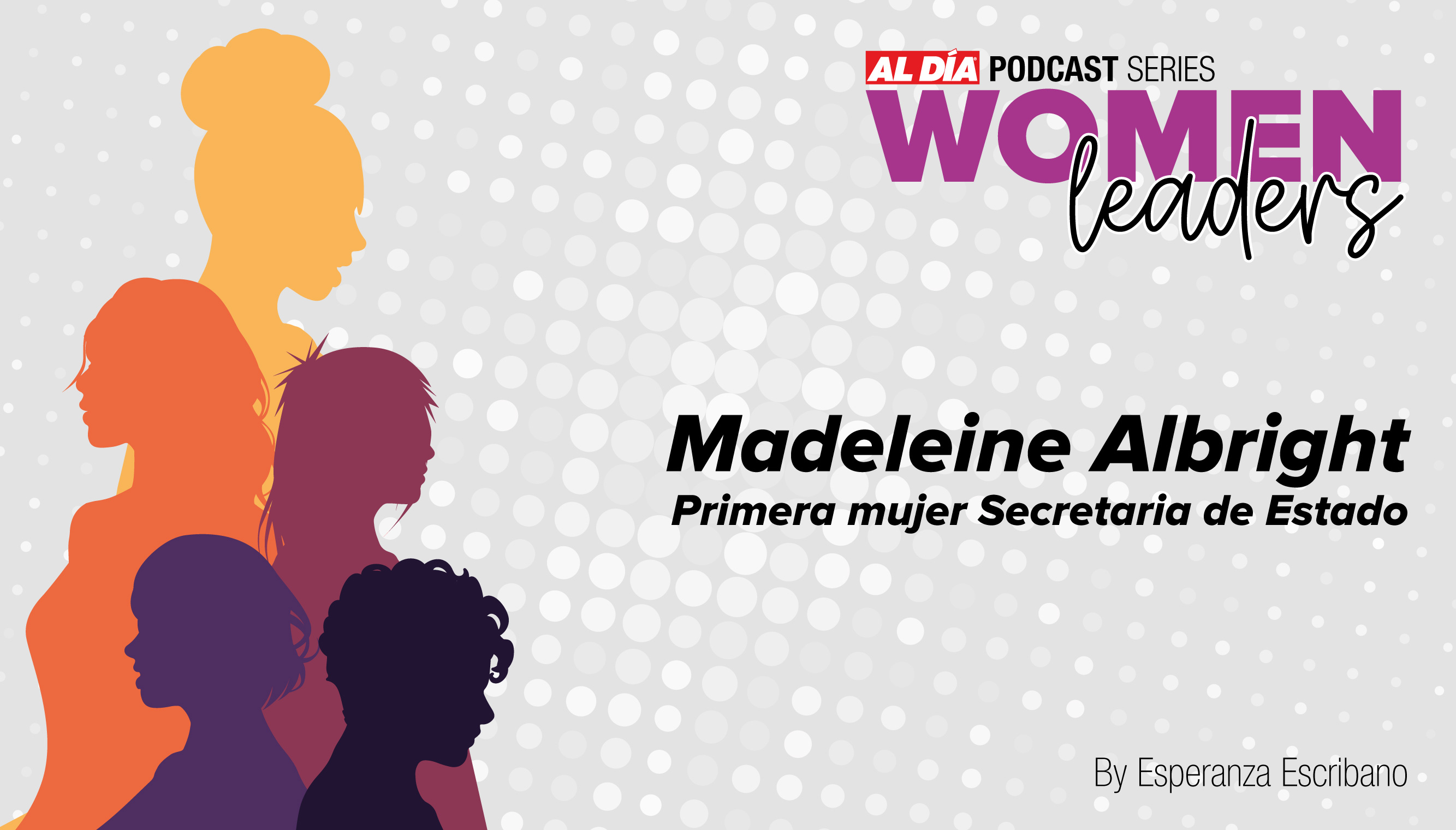
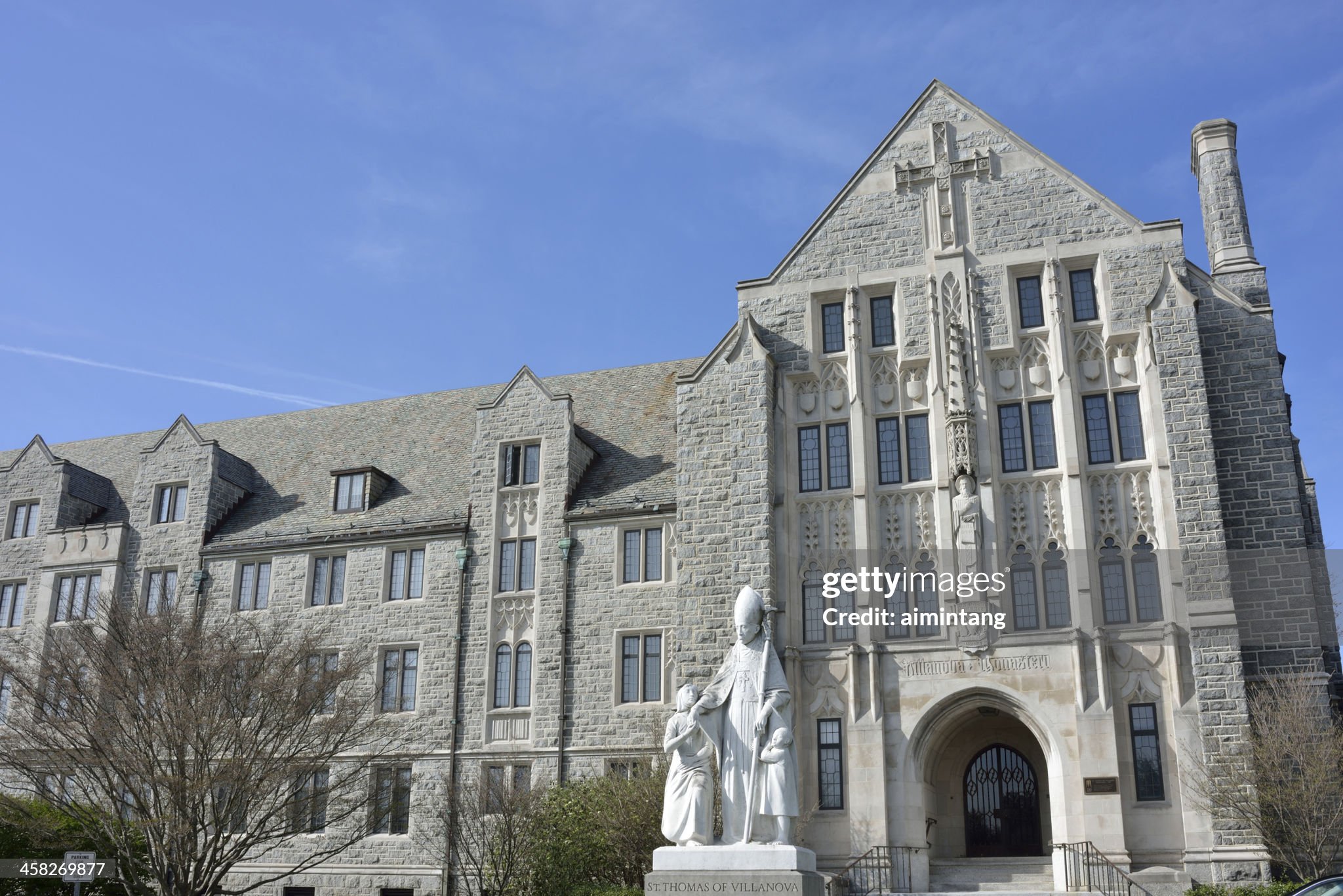
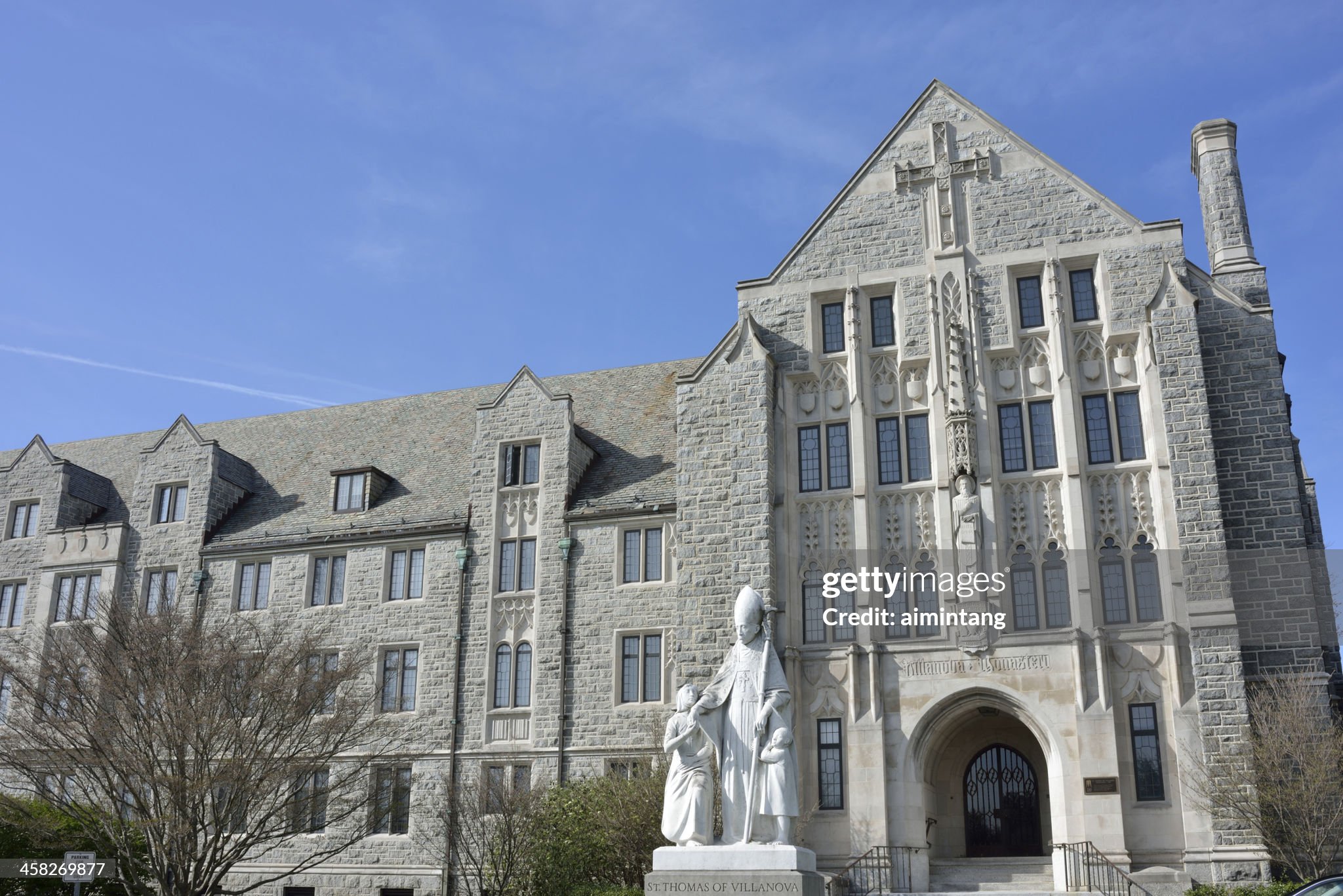
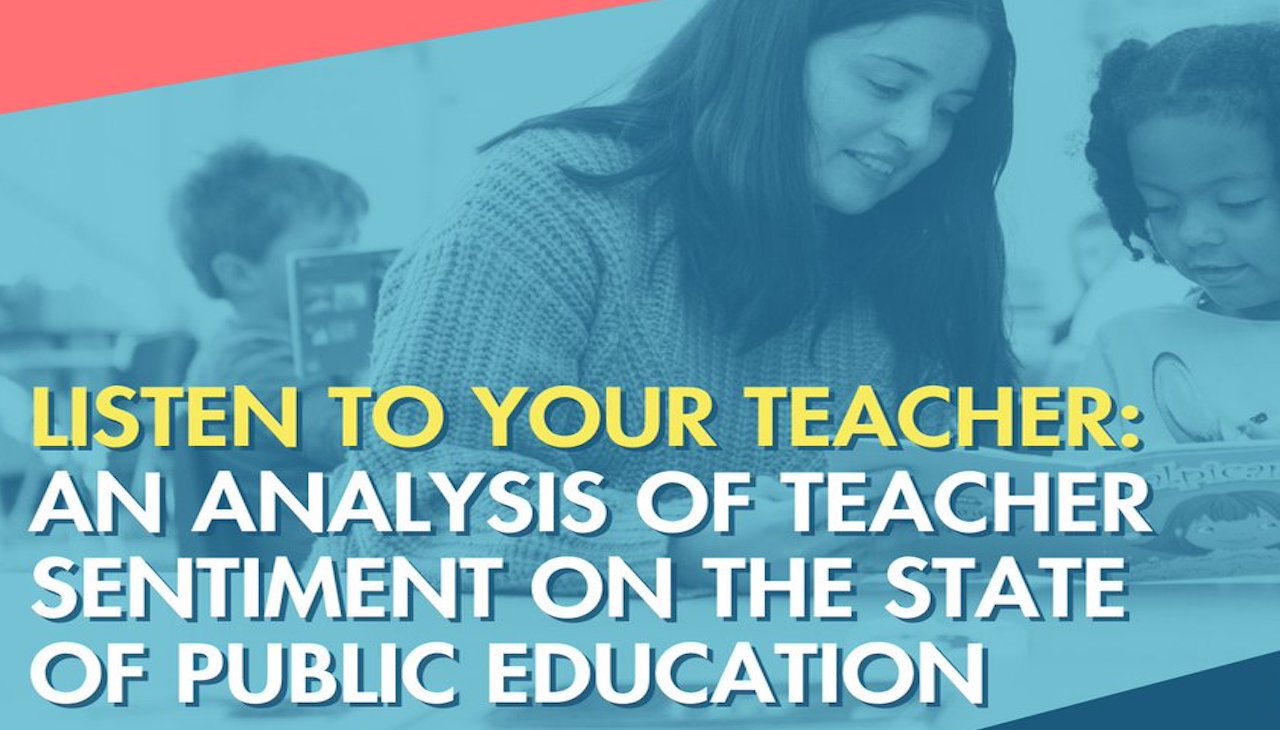
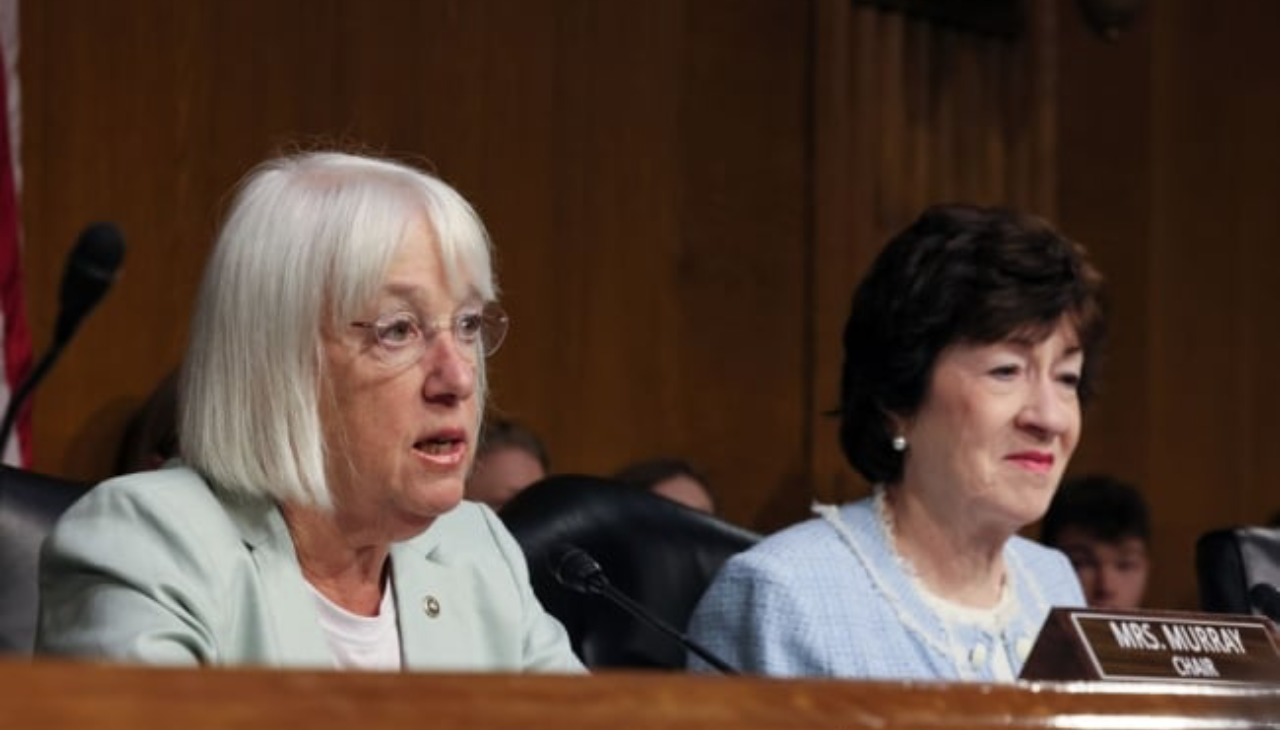

LEAVE A COMMENT:
Join the discussion! Leave a comment.